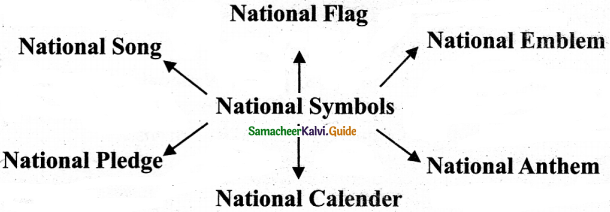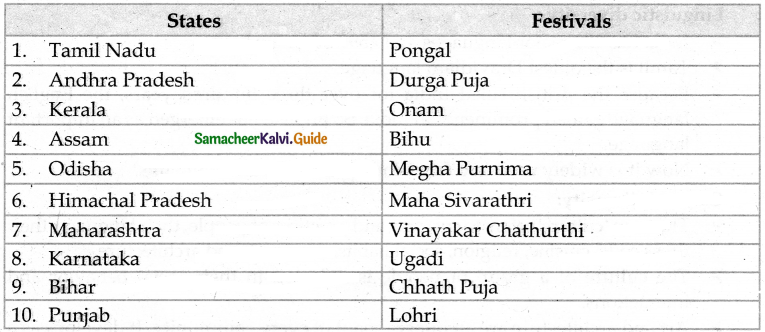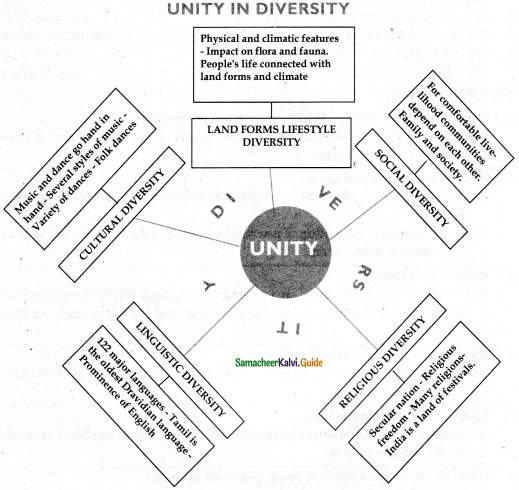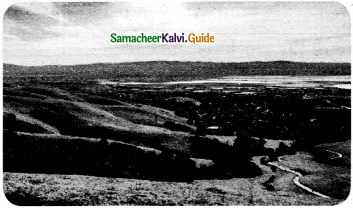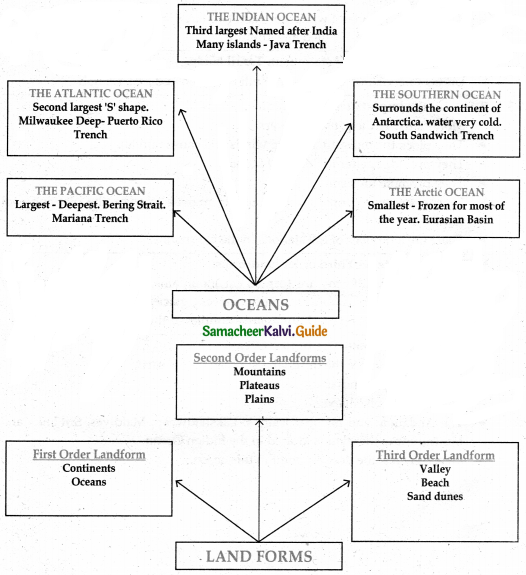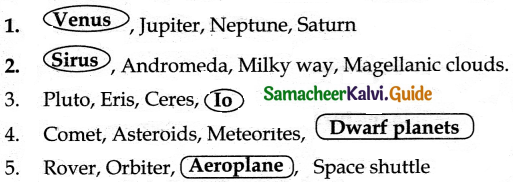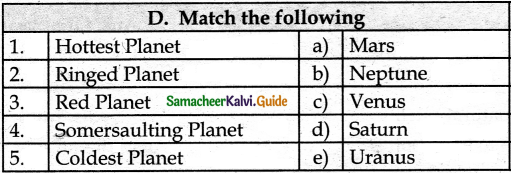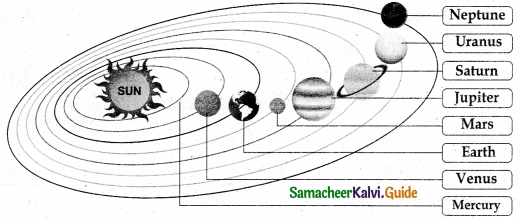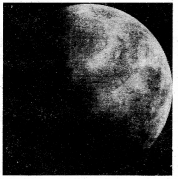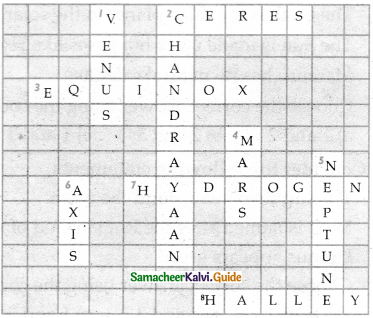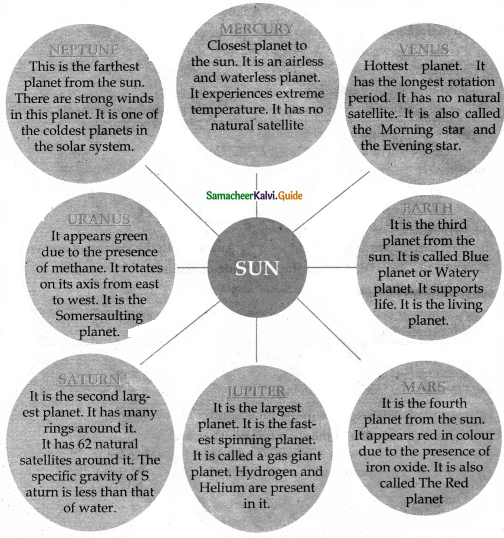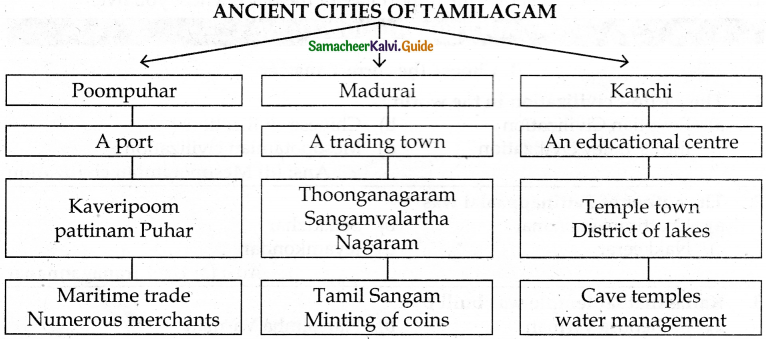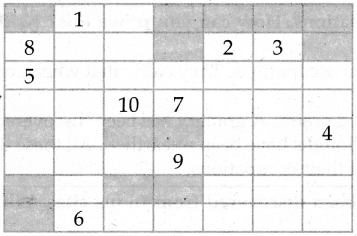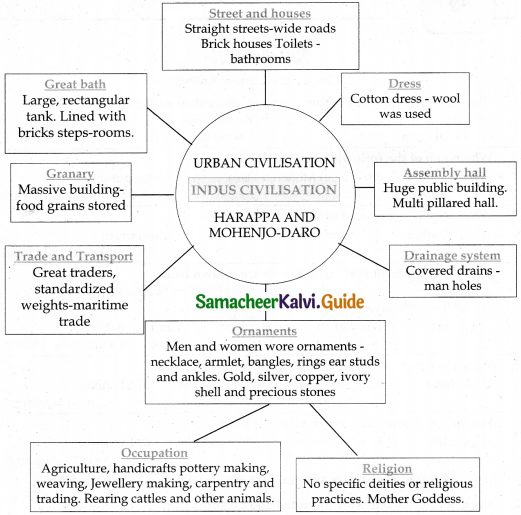Students can download 6th Social Science Term 2 Civics Chapter 1 National Symbols Questions and Answers, Notes, Samacheer Kalvi 6th Social Science Guide Pdf helps you to revise the complete Tamilnadu State Board New Syllabus, helps students complete homework assignments and to score high marks in board exams.
Tamilnadu Samacheer Kalvi 6th Social Science Civics Solutions Term 2 Chapter 1 National Symbols
Samacheer Kalvi 6th Social Science National Symbols Text Book Back Questions and Answers
I. Choose the correct Answer
Question 1.
The National Song Vande Mataram was composed by …………….
(a) Pingali Venkayya
(b) Rabindra Nath Tagore
(c) Bankim Chandra Chatterjee
(d) Gandhiji
Answer:
(c) Bankim Chandra Chatterjee
Question 2.
Which is the National Anthem of India?
(a) Jana Gana Mana
(c) Amar Sonar Bangla
(b) Vande Mataram
(d) Neerarum kaduluduththa
Answer:
(a) Jana Gana Manal
![]()
Question 3.
Who wrote the most famous novel Anand Math?
(a) Akbar
(b) Rabindra Nath Tagore
(c) Bankim Chandra Chatterjee
(d) Jawaharlal Nehru
Answer:
c) Bankim Chandra Chatterjee
Question 4.
_______ birthday is celebrated as the International Day of non violence.
(a) Mahatma Gandhi
(b) Subash Chandra Bose
(c) Sardar Vallabhai Patel
(d) Jawaharlal Nehru
Answer:
(a) Mahatma Gandhi
Question 5.
The colour of the Asoka chakra found in our National flag is ……………..
(a) sky blue
(b) navy blue
(c) blue
(d) green
Answer:
(b) navy blue
Question 6.
The first flag ever flown after the Independence is stored in _______
(a) Chennai fort Museum
(c) Saranath Museum
(b) Delhi Museum
(d) Kolkata Museum
Answer:
(a) Chennai fort Museum
![]()
Question 7.
The National Anthem was written by ……………..
(a) Devandranath Tagore
(b) Bharathiyar
(c) Rabindranath Tagore
(d) Bala Gangadhar Tilak
Answer:
(c) Rabindranath Tagore
Question 8.
The time taken to play the National Anthem is _______
(a) 50 seconds
(c) 52 seconds
(b) 52 minutes
(d) 20 seconds
Answer:
(c) 52 seconds
Question 9.
“Vande Mataram” was first sung by at the 1896 session of the National Congress.
(a) Bankim Chandra Chatterjee
(b) Rabindranath Tagore
(c) Mahatma Gandhi
(d) Sarojini Naidu
Answer:
(b) Rabindranath Tagore
Question 10.
_______ hoists the flag on Independence day in Delhi
(a) The Prime Minister
(c) Vice President
(b) The President
(d) Any Political leader
Answer:
(a) The Prime Minister
II. Fill in the blanks
- The National emblem was adopted from the Ashoka pillar of ……………..
- The National fruit of India is ……………..
- The National Bird of India is ……………..
- Our National tree is the ……………..
- The flag which was flown in 1947 Independence day was weaved in ……………..
- The Indian National Flag was designed by ……………..
- …………….. Started the Saka Era.
- The longest river in India is ……………..
- The Indian Rupee symbol was designed by ……………..
- The Chakra of the National Flag has …………….. spokes.
Answer:
- Sarnath
- Mango
- Peacock
- Banyan tree
- Gudiyatham
- Pinglivenkayya
- Kanishka
- The Ganges
- D. Udhaya Kumar
- 24
III. Choose the Correct Answer
- The Lion Capital is now in the _______ museum (Kolkata / Sarnath)
- The National Anthem was adopted in _______ (1950 / 1947)
- _______ is declared as our National Microorganism (Lactobacillus / Rhizobium)
Answer:
- Sarnath
- 1950
- Lactobacillus
IV. Fill in the blanks
- Saffron – Courage; White – ……………..
- Horse – Energy; Bull – ……………..
- 1947 – Independence day; 1950 – ……………..
Answer:
- Honestly
- Hard work
- Republic day
V. Choose the Correct Option
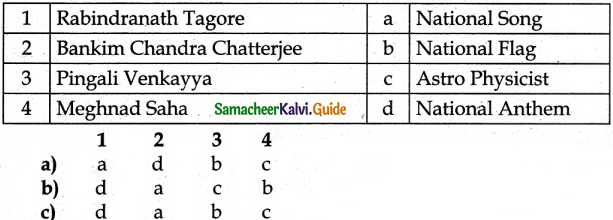
Answer:
c) d a b c
VI. Match and Choose the Wrong pair

Answer:
1. – c
2. – d
3. – a
4. – b
VII. Choose the wrong sentence
Question 1.
The ratio of our National Flags length and breadth is 3:2
e. The Chakra has 24 spokes
f. The Chakra is Sky Blue in colour
Answer:
f. The Chakra is Sky Blue in colour
Question 2.
The National Flag was designed by pingali Venkayya
g. The First ever flown Flag after the Independence is stored in Kolkata Museum.
h. The First National Flag was weaved in Gudiyattam.
Answer:
g. The First ever flown Flag after the Independence is stored in Kolkata Museum.
VII. Choose the Correct sentence
(a) August 15 is celebrated as the Independence day.
(b) November 26 is celebrated as the Republic day
(c) October 12 is celebrated as Gandhi Jayanti.
Answer:
(a) August 15 is celebrated as the Independence day
IX. Answer the following
Question 1.
What do the colours in our National Flag represent?
Answer:
- The saffron at the top represents valour and sacrifice.
- The green at the bottom represents fertility and prosperity.
- The white band in between represents honesty, peace, and purity.
- The Ashoka Chakra or the wheel in navy blue represents truth and peace.
Question 2.
What are the parts of our National emblem?
Answer:
- The four lions on top of the Ashoka Pillar at Samath was chosen to be our National emblem.
- ‘Satyameva Jayate” has been inscribed at its bottom. It means truth alone triumphs.
- The National emblem consists of two parts the upper and lower parts.
- The upper part has four lions facing the North, South, East and West. This is on a circular pedestal. One can see only three lions at a time.
- The lower part has an elephant, a horse, a bull and a lion. The ‘Wheel of righteousness’ is placed between them.
![]()
Question 3.
What are the salient features of the National Anthem?
Answer:
- ‘Jana Gana Mana’ is our National anthem.
- It symbolizes the sovereignty and integrity of our Nation.
- This anthem was written by Rabindranath Tagore in Bengali.
Question 4.
Draw and define the Indian Rupee symbol.
Answer:
- The Indian currency is the Indian rupees.
- The symbol of rupees is ?.
- This was designed by D. Udhayakumar from Tamil Nadu in the year 2010
Question 5.
Where do we use our National emblem?
Answer:
The National emblem is found at the top of the Government Communication, Indian Currency and passport.
Question 6.
Who wrote the National pledge?
Answer:
- “India is my country. All Indians are my brothers and sisters” is our national pledge.
- The pledge was written by Pydimarri Venkata Subba Rao in Telugu.
![]()
Question 7.
What are the animals found at the bottom of the emblem?
Answer:
At the bottom of the emblem, we see an elephant, a horse, a bull, and a lion.
Question 8.
What are the natural national symbols?
Answer:
Tiger, Elephant, River dolphin of Ganges, Peacock, King cobra, Banyan tree, Mango, The Ganges, and Lotus are the natural national symbols.
Question 9.
Where is the peacock sanctuary located in Tamil Nadu?
Answer:
There is a peacock sanctuary at Viralimalai in the district of Pudukottai (Tamil Nadu).
X. Activities
Question 1.
Draw the natural National symbols as scenery / Frame a story. (For Students)
Question 2.
Prepare a logo for your class/school of your own. (For Students)
Question 3.
What should we do to protect endangered plants and animals? Discuss?
Answer:
- Educate your family about endangered plants and animals in your area.
- Recycle and buy sustainable products.
- Reduce water consumption.
- Do not buy plastic products.
![]()
Question 4.
Celebrate the national events in your school and prepare a news item for a local newspaper.
Answer:
A feast for the eyes:
- Marchpastl drills and entertainment programme were part of the Independence day celebration held in
- Angel public school R. T. Nagar.
- Dances were choreographed to spread the message of unity in diversity and peace.
XI. Life Skill Activity
Question 1.
Why are certain organisms adopted as natural National symbols? Analyse.
Answer:
- To cultivate a deep sense of pride in the hearts of Indian citizens.
- To represent a quality unique to India and its citizens.
Samacheer Kalvi 6th Social Science National Symbols Additional Important Questions and Answers
I. Fill in the blanks Answer
- Our government has released a postal stamp of Tirupur Kumaran to remember his ……………… and Sacrifice and dedication ……………… to the nation.
- The first Indian flag was hoisted by ……………… on 15th August 1947 at Red fort (Delhi)
- The currency released by Shershahsur in the sixteenth century was ………………
- ……………… is known for its digestive quality and cooling capacity.
- From August 1947 to 26th January 1950, the ……………… was the honorary head ot India.
- ……………… a variety of mango was cultivated during the Mughal reign for the royal family.
Answer:
- Sacrifice and dedication
- Pandit Jawaharlal Nehru
- Rupiya
- Curd
- Queen of Britain
- Imam pasand
II. Answer the following
Question 1.
What are the rules to be observed while singing the Anthem?
Answer:
- Everyone should stand erect while singing the national anthem.
- One should understand the meaning while singing.
![]()
Question 2.
List out Tamil Nadu’s Natural symbols.
Answer:
- Animal – Nilgiritahr Bird
- Flower – Gloriosa Superba Tree
Question 3.
Who has been given the right to manufacture the National flag?
Answer:
As of 2009, the Karnataka Khadi Gramodyoga Samyukta Sangha has been the sole manufacturer of the flag.
III. Mind map
